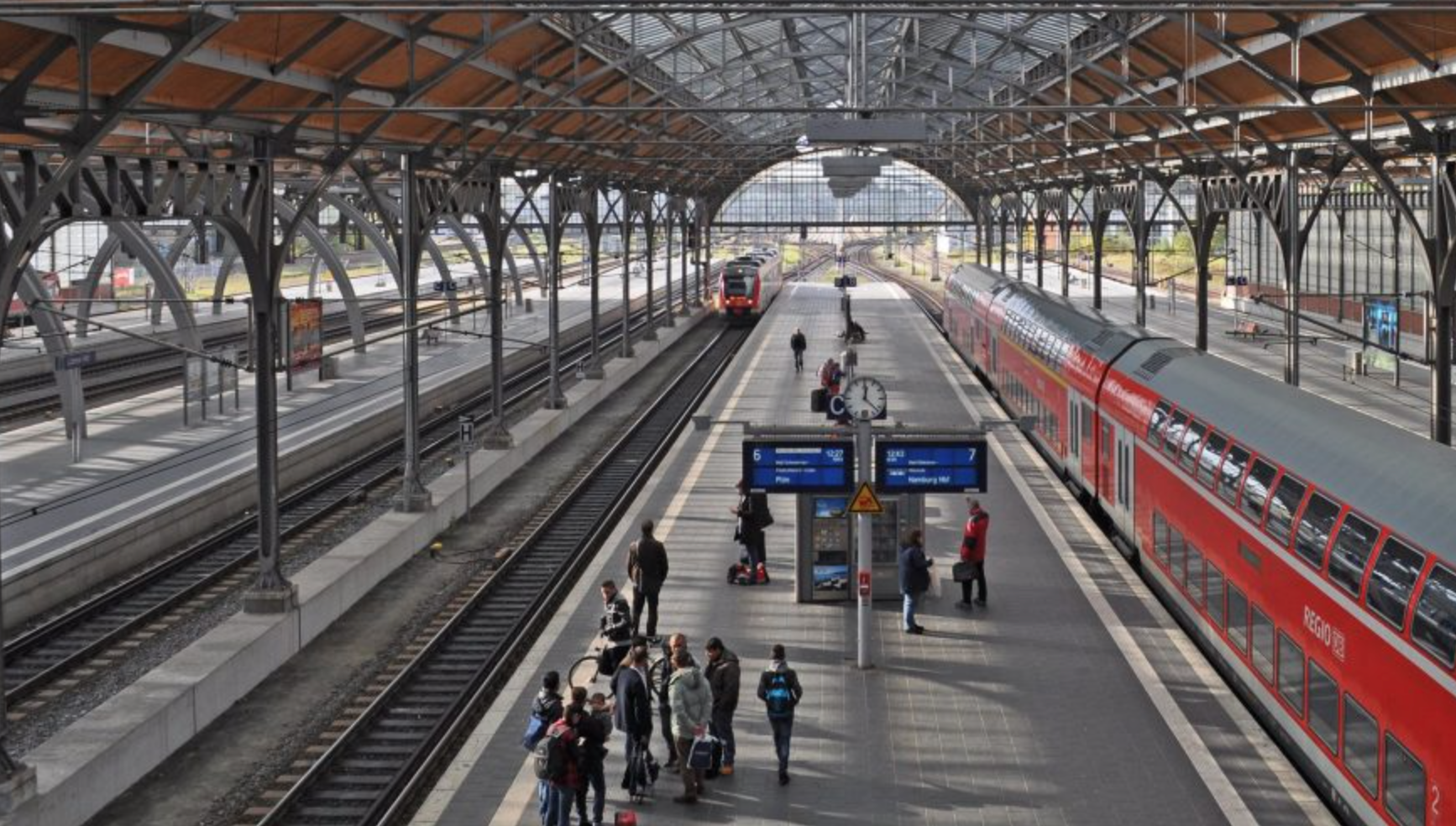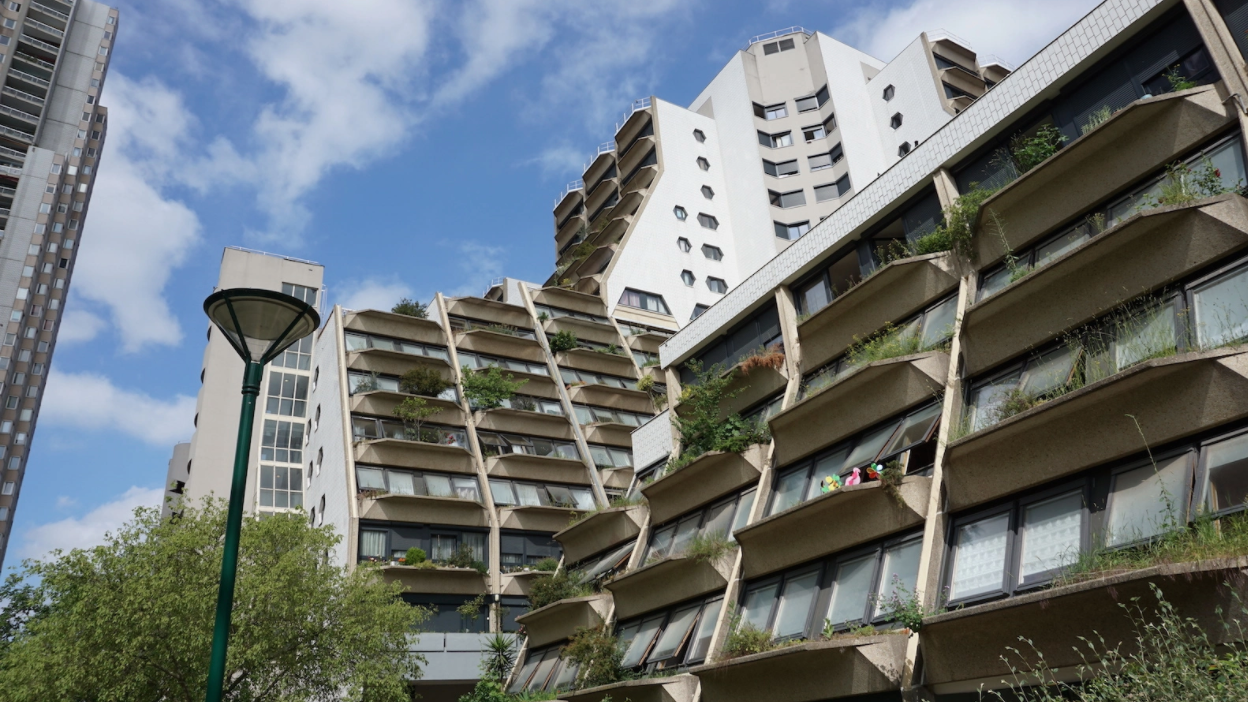Why investing in libraries is a climate justice issue
Why investing in libraries is a climate justice issue
By: Sarah Sax, High Country News, September 13, 2021
Photos are here. word count: 866
When a heat wave hit the Pacific Northwest in late June, many cities and residents found themselves facing shockingly high — and lethal — temperatures: up to 116 degrees Fahrenheit in Portland, Oregon, for example. Hundreds of people across the region died.
For many, the safest and most accessible place to escape the heat was also free — the library. Public libraries are increasingly opening their doors as cooling centers as officials develop emergency plans for heat and other extreme weather conditions. In Clackamas County, Oregon, authorities designated 21 local cooling centers; over half of them were libraries. Just north in Multnomah County, where Portland is located, around 7,600 people sought shelter in public libraries over four scorching days.
“Libraries are essential,” said the Rev. Vernon K. Walker, senior program manager at Communities Responding to Extreme Weather. The nonprofit helps turn libraries, churches and small businesses into climate resilience hubs — trusted community organizations meant to help educate people on extreme weather and provide a physical refuge during and after disasters. “Particularly for libraries that tend to be in Black and brown communities, and particularly in libraries that are in inner cities, they are critical, essential and needed,” Walker said.
In 2017, Arlington’s library in Sno-Isle, Washington, hosts a public forum on homelessness. Libraries can be key to delivering important information about climate resilience to residents.
“Particularly for libraries that tend to be in Black and brown communities, and particularly in libraries that are in inner cities, they are critical, essential and needed.”
Studies show that people of color are at higher risk of illness or death than white people. That’s because they often live in hotter areas with less access to air conditioning and a greater likelihood of service disconnections, or in neighborhoods where energy companies sometimes deliberately shut off power to avoid larger disruptions.
Underserved and low-income communities can face natural hazards more safely with updated infrastructure, according to a growing body of research on disaster resilience. Equally poor areas with inadequate community infrastructure or none at all have much higher death rates. And libraries are part of a community’s infrastructure: The Federal Emergency Management Agency, or FEMA, has formally recognized them as “essential community organizations.”
But many of the nation’s library buildings are aging — they are, on average, 40 years old — and need significant upgrades and repairs to handle the challenges of climate change. Some libraries are in such disrepair that they’re unable to function effectively as relief centers. In Coos Bay, Oregon, for example, rising sea levels, heavy rain and drought are causing the library’s foundation to shift. In Seattle, nine libraries frequently close during temperature spikes, and the Arlington, Washington, library’s antiquated HVAC system forces it to close during extreme heat or whenever wildfire smoke becomes too intense. The Williams Branch Library in Josephine County, Oregon, isn’t even a permanent structure: It’s a temporary mobile unit, constructed in 1977, with no running water and no bathroom.
The Williams Branch Library in Josephine County, Oregon, is a temporary mobile unit constructed in 1977 with no running water and no bathroom.
Still, in some rural parts of the Pacific Northwest, including Josephine County, libraries were the only cooling centers available this summer. “The branches themselves haven't been upgraded for 50 years,” said Kate Lasky, library director at the Josephine Community Library District, even though they provide essential services during heat, wildfires, power outages and snow and ice storms, as well as during pandemics — all events that scientists predict will become increasingly frequent, thanks to climate change. In many rural communities, libraries are the only spaces available for public discussion concerning everything from water rights to emergency preparedness plans. They also offer access to things like computers and internet support, Lasky said.
Now, some politicians are looking for funding to bolster libraries, which will also improve their ability to respond in times of disaster and extreme weather. Six senators and representatives introduced the Build America’s Libraries Act this year, asking for $5 billion in federal aid for improvements to public libraries across the country. Advocates such as the American Library Association are pushing to include the act in the $3.5 trillion budget spending plan. Legislators have until Sept. 15 to earmark exactly what that money would be spent on.
If libraries are included, Washington’s libraries would receive an estimated $105 million and Oregon’s an estimated $63 million for upgrades to address natural disasters and environmental hazards and improve accessibility and broadband. It would be the largest amount Congress has spent on libraries since 1997.
Researchers like Eric Klinenberg, director of the Institute for Public Knowledge at NYU, believe libraries play a key role in climate resilience. Klinenberg, who studied the role of social infrastructure during the 1995 Chicago heat wave, thinks that this bill could be a “godsend” for libraries. “If we invest in them, updating the vital systems — from the internet to the HVAC, bathrooms to furniture — they are reliable sites for relief efforts,” he said. “There’s so much more they could do, and so many things they could do better, if we gave libraries the public funding that they need.”






